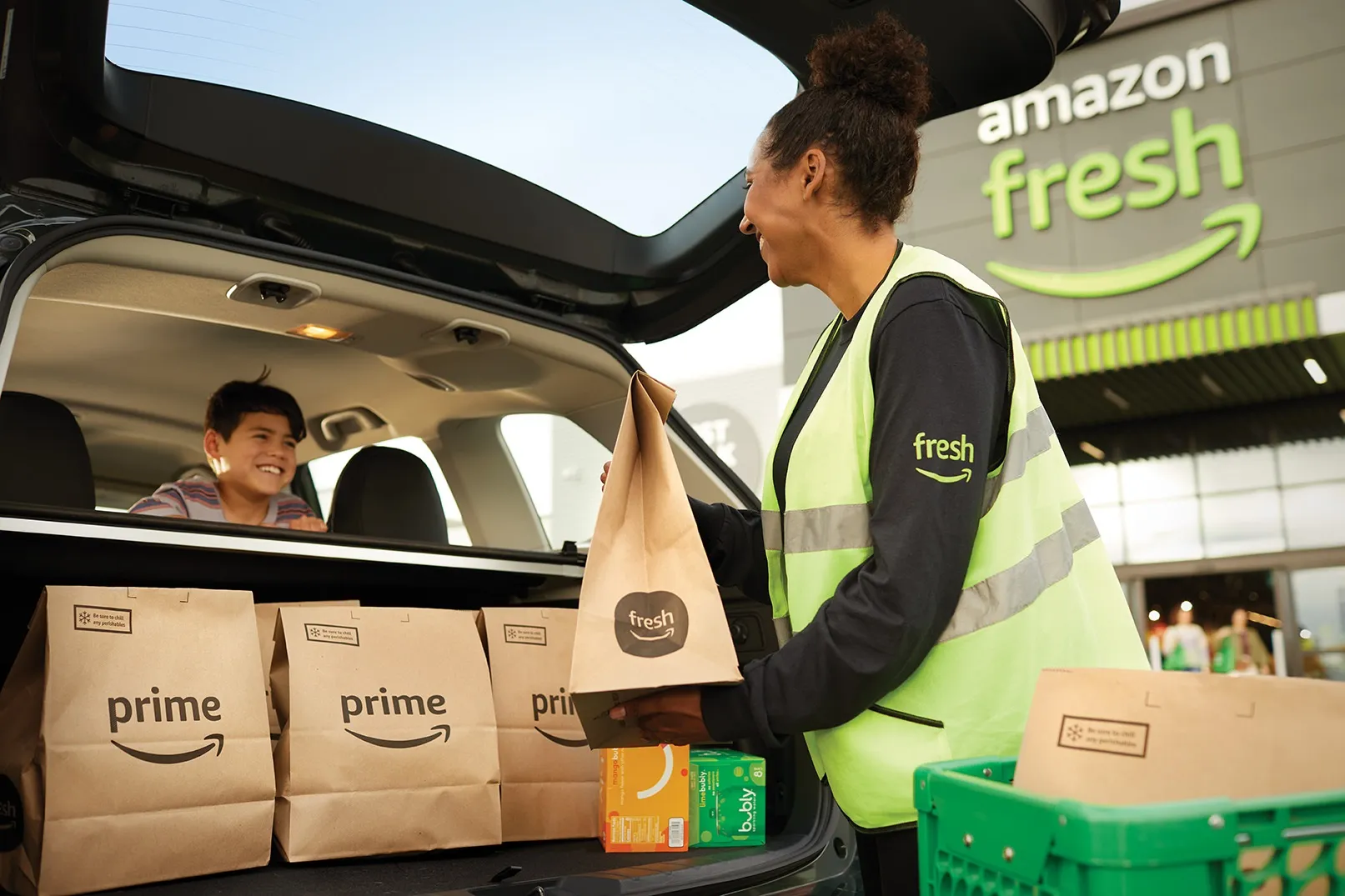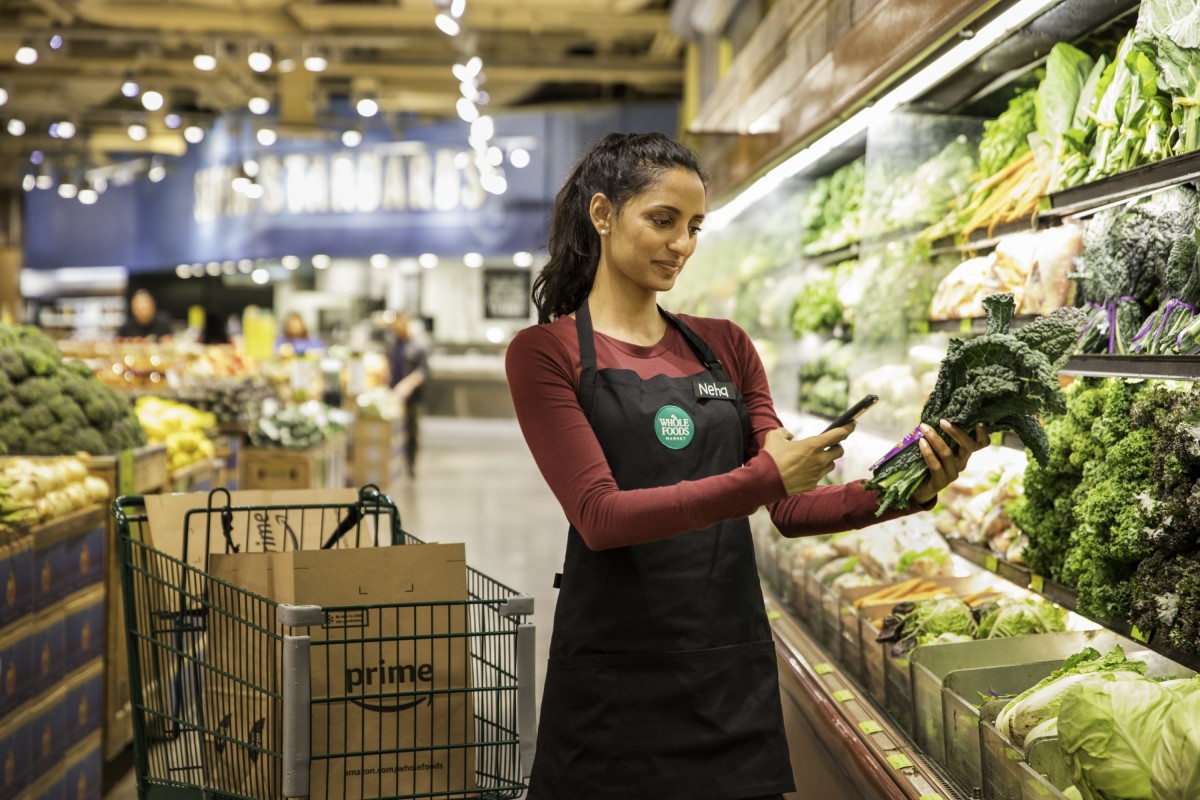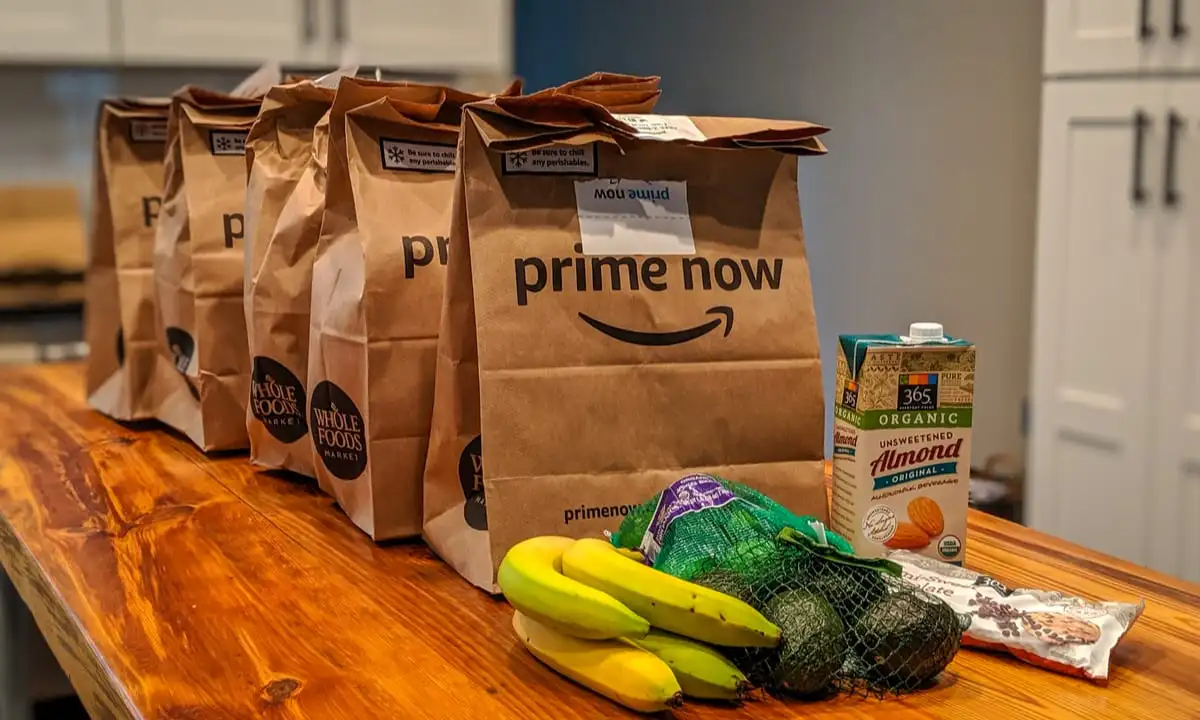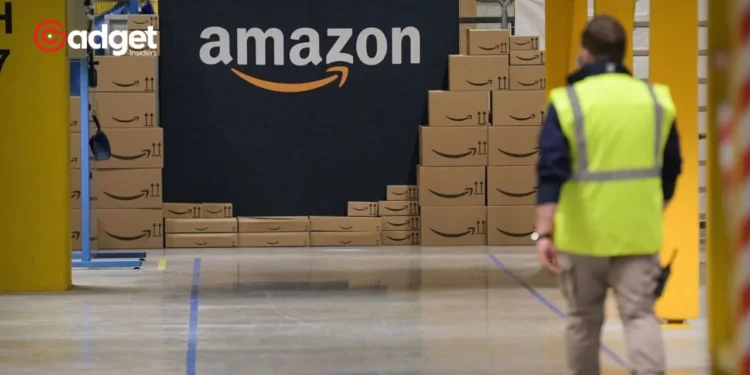In a strategic move that underscores its commitment to revamping the grocery landscape, Amazon has launched an innovative subscription service designed to streamline the way consumers shop for groceries. This latest offering is not just an extension of Amazon’s vast product portfolio but a clear signal that the retail behemoth is pushing boundaries in the grocery sector, a space that has seen significant fragmentation and varying consumer trends, particularly in the wake of the COVID-19 pandemic.

The Evolving Grocery Landscape
Historically, grocery shopping has been a consistent aspect of daily life, with many Americans sticking to familiar shopping routines and local supermarkets. However, a shift has been observed as the market splinters with diverse shopping preferences emerging over the past few years. Some consumers continue to make their routine trips to supermarkets, unfazed by fluctuating prices and brand availability, while others explore niche markets or opt for online grocery services that deliver right to their doorsteps, often within hours of placing an order.
The rapid growth of online grocery shopping represents a significant pivot in consumer behavior, with convenience and efficiency becoming paramount for a growing segment of the market. This shift has not only altered how consumers interact with grocery brands but also how retailers need to respond to these evolving demands.
Amazon launched a grocery delivery subscription benefit to Prime members and customers using EBT in over 3,500 cities and towns across the US- making grocery shopping easier, faster, and more affordable, especially for those with transportation challenges. https://t.co/oR2IMeZ7OD
— Lindsay Berry Winter (@LaberryLindsay) April 23, 2024
Amazon’s Strategic Play in Grocery
Amazon’s acquisition of Whole Foods in 2017 for $13.7 billion marked its serious foray into the brick-and-mortar grocery space, significantly enhancing its retail footprint. The acquisition has been fruitful, leading to reduced prices for Prime members and an expansion of Amazon’s market presence. Building on this foundation, Amazon has introduced a subscription-based grocery delivery service, an initiative that promises to further simplify the grocery shopping experience.
Available exclusively to Prime members, the service is priced at $9.99 per month, with a reduced rate of $4.99 for SNAP/EBT customers. It covers over 3,500 cities across the U.S., making it a comprehensive solution for a wide array of consumers. Key features of this subscription include unlimited delivery for orders exceeding $35, one-hour delivery windows, and priority access to weekly order slots.

A Closer Look at the Subscription Benefits
Tony Hoggett, Amazon’s Senior Vice President of Worldwide Grocery Stores, emphasized the value this new service offers: “This new grocery subscription benefit provides even more value and savings on delivery fees for customers who regularly order groceries from Amazon Fresh, Whole Foods Market, and the variety of local grocery and specialty retailers on Amazon.com.” He further stated that Amazon’s goal is to create a leading grocery shopping experience that caters to a diverse customer base, offering unparalleled selection, value, and convenience.
Amazon’s strategy is clear: make itself the first-choice retailer for grocery shoppers by leveraging its technological prowess and extensive network to meet varied consumer needs efficiently. The company asserts that the subscription model is cost-effective, potentially paying for itself with as little as one order per month from Whole Foods. Furthermore, Prime members continue to enjoy additional benefits such as earning 5% back on purchases when using their Prime Visa.

Implications for the Grocery Sector
Amazon’s new subscription service is set to redefine the standards of grocery shopping. By integrating the convenience of online shopping with the immediacy of physical store access, Amazon is positioning itself at the forefront of the retail transformation in the grocery sector. The broader implications for the market include increased competition among supermarkets and an inevitable push towards more digital solutions in retail operations.
This move by Amazon is not just about capturing a larger share of the grocery market but also about setting a new benchmark for customer convenience and efficiency, aspects that are becoming increasingly crucial in a rapidly evolving retail environment. With its latest subscription service, Amazon is likely to change how we think about and engage with grocery shopping, making it a more seamless and integrated part of our digital lives.










